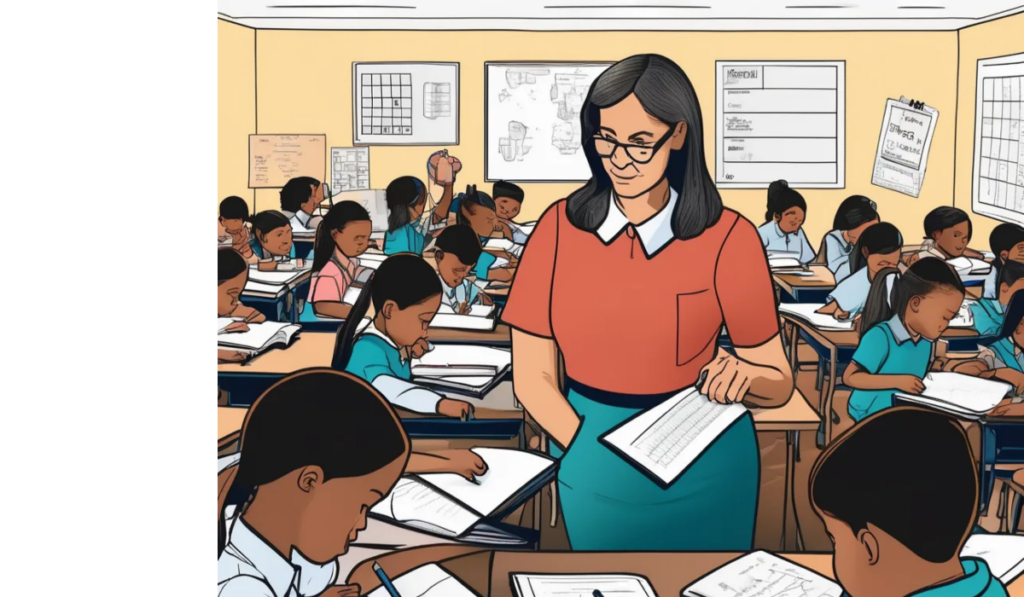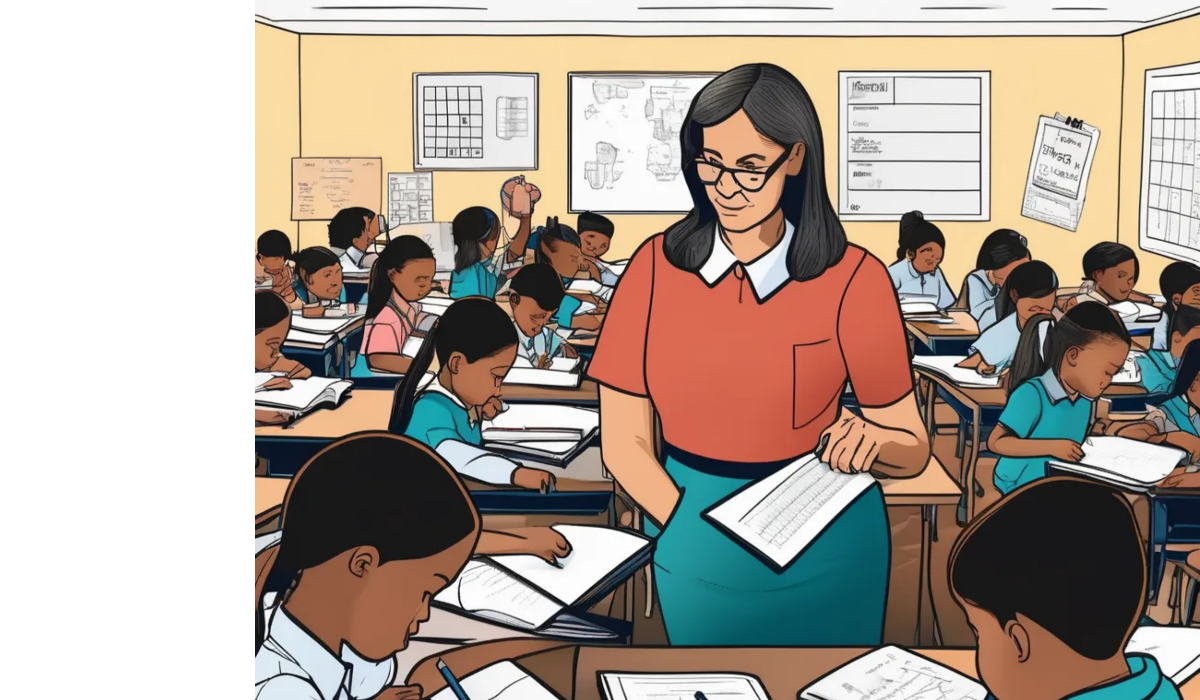Contents
Teacher Shortage: A Growing Crisis
Introduction
The global education landscape is plagued by a critical problem: a critical shortage of teachers. This crisis is affecting the quality of education, equity and the overall development of societies. This article sheds light on the causes, consequences, and possible solutions to this critical problem.

Reasons for teacher shortage
- Low Salaries and Benefits: Inadequate compensation often discourages individuals from pursuing teaching as a career and leads to high attrition rates.
- Increasing workload: Excessive paperwork, large class sizes, and additional responsibilities lead to teacher burnout and early retirement.
- Lack of respect and support: Lack of social appreciation of teachers and inadequate administrative support exacerbates the problem.
- Inadequate Teacher Preparation Programs: Inadequate training and support for aspiring teachers hinders their preparation for the classroom.
- Demographic Changes: A growing teacher population and declining birth rates in some regions create an imbalance in the supply of teachers.
Consequences of Teacher Shortage
- Increased Class Size: Large classes hinder individual attention and effective teaching.
- Lack of qualified teachers: Schools struggle to fill vacancies, leading to unqualified or underqualified teachers in classrooms.
- Disruption in Education: Teacher absenteeism due to shortage affects student learning and creates administrative challenges.
- Equity Gaps: Teacher shortages disproportionately affect disadvantaged communities, increasing educational inequality.
Table: Shortage of teachers by region
| Area | Severity of shortage of teachers |
|---|---|
| Sub-Saharan Africa | critical |
| South Asia | severe |
| Latin America and the Caribbean Moderate | |
| North America and Europe Emergent |
Effects on students
- Low Academic Performance: Inadequate teacher support negatively affects student achievement.
- Increased Dropout Rate: Students may drop out without qualified teachers.
- Limited access to specialized subjects: Lack of specialized subjects limits the educational opportunities of students.

Possible solutions
- Better teacher salaries and benefits: Competitive compensation packages attract and retain qualified teachers.
- Reduced Workload: Streamlining administrative tasks and providing additional support staff can reduce the workload of teachers.
- Improved teacher preparation: Strengthen teacher education programs to equip graduates with the necessary skills.
- Observation and Support: Provide ongoing professional development and mentoring to support new teachers.
- Public Awareness Campaigns: To promote the importance of teaching and positive impact of teachers on society.
Frequently Asked Questions
*Question: What is the most important reason for teacher shortage?
- A: Low pay and increased workload are often cited as the main factors.
*Question: How does the teacher shortage affect student achievement? - A: Large class sizes, unqualified teachers, and barriers to learning negatively affect student outcomes.
Question: What can be done to address the teacher shortage crisis? - A: Improving teacher working conditions, increasing compensation, and strengthening teacher preparation are key initiatives.
Result
The teacher shortage is a complex problem with far-reaching consequences. Addressing this crisis requires concerted efforts by governments, educational institutions and communities. By investing in teachers, we invest in the future of our children and the overall well-being of society.

Note: This article provides a general overview of the teacher shortage. The specific situation may vary between countries and regions.
Would you like to focus on a specific area or aspect of the teacher shortaghttps://scholar.google.com.pk/scholar?hl=en&as_sdt=0%2C5&as_vis=1&q=Teacher+Shortage%3A+A+Growing+Crisis&btnG=e?
